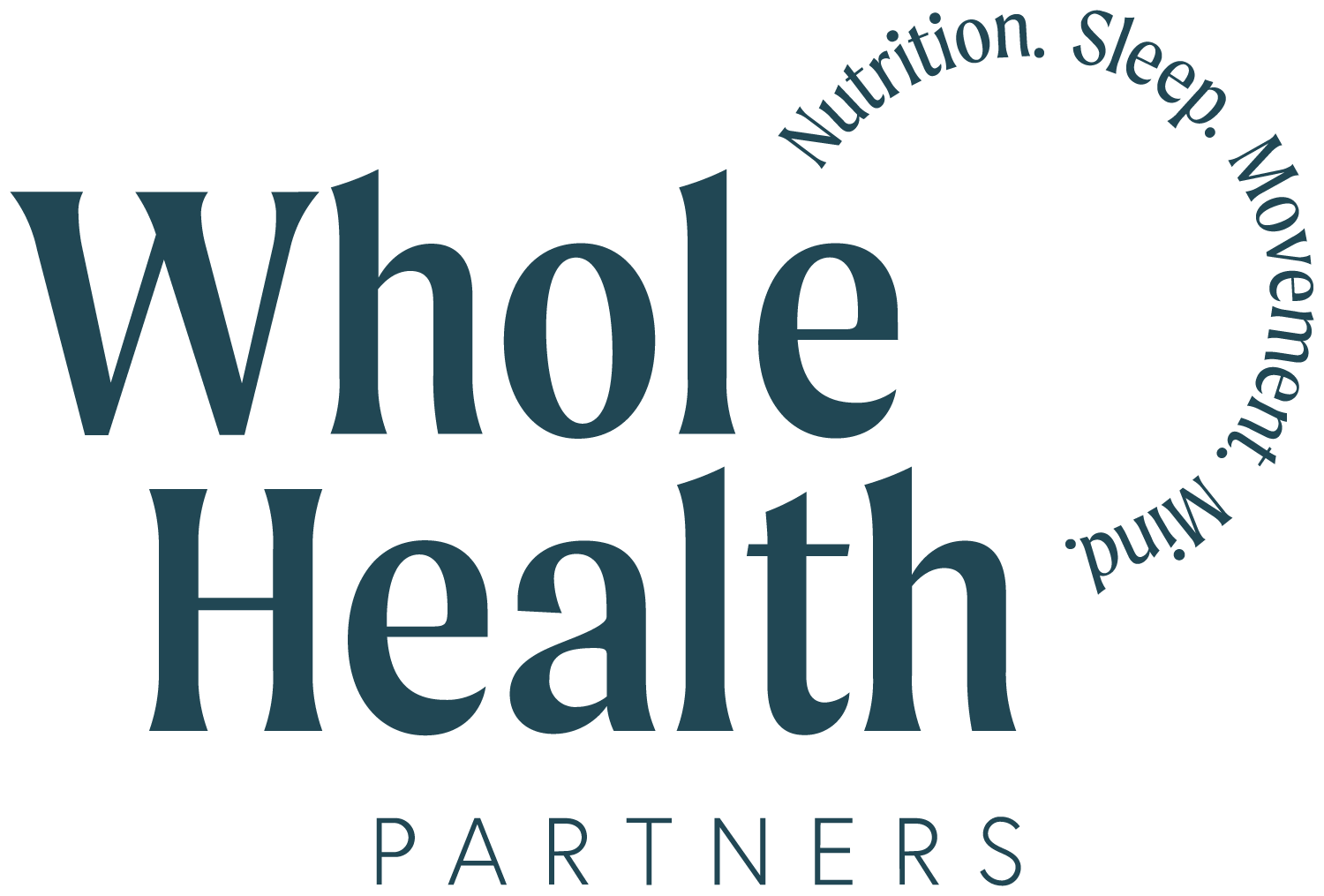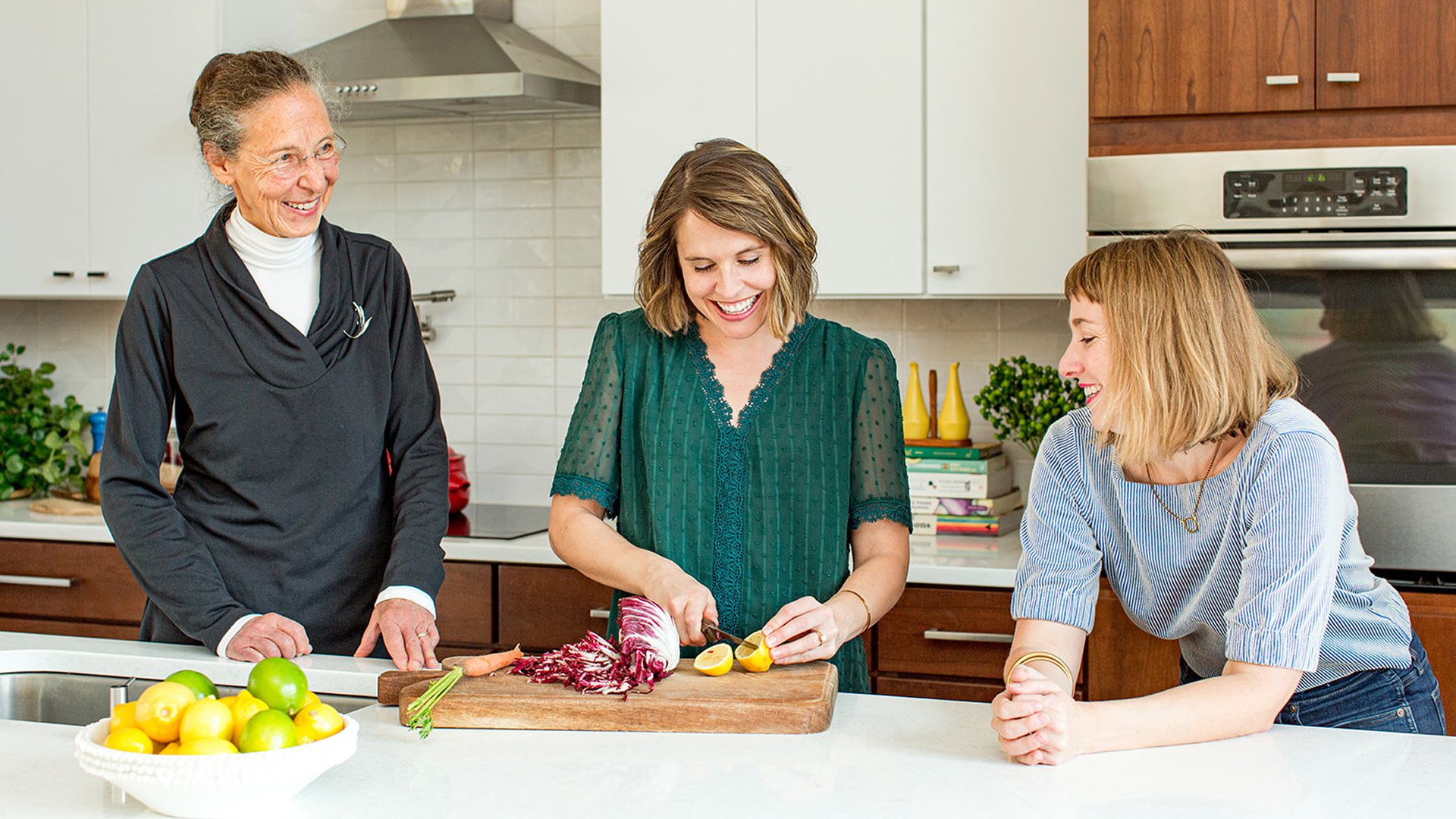Beyond 'Exercise': Rediscovering the Joy of Movement
Our culture loves to put things in boxes. That's why we so often think of 'exercise' as being specifically confined to activities like going to the gym, or participating in organized sports. Yet the truth is that your quads don't care if you're doing squats, or if you're crouching down to weed your garden. That's why it can be helpful to think beyond activities traditionally thought of as 'exercise,' and instead start thinking about ways that you can get more active throughout the course of living your normal life. This includes a focus on:
DAILY MOVEMENT: Find ways to incorporate movement, however simple, into your everyday routine.
JOYFUL MOVEMENT: Too often, we think of exercise as 'punishment.' Instead, find activities that bring you joy, connection and a sense of reward.
DIVERSE MOVEMENT: There are many different types of movement—and incorporating a variety of types and intensities can help you stay motivated.
Speaking of diverse movement, there are three main types of physical movement, Ideally, you want to work your way up to incorporate some form of all three.
Cardio: running, walking, paddling, cycling, swimming
Strength: bodyweight, lifting, even moderate gardening or DIY projects
Balance: yoga, Tai chi, stretching, dancing
Shift Your Mindset
Exercise should not feel like a 'punishment' or 'absolution' for eating certain foods, nor should it feel like a chore to cross off the list. By finding a variety of daily activities you genuinely enjoy—and ideally a cohort of people to enjoy them with—movement can become a natural and even joyous part of your day.
It also doesn't need to be all or nothing. Try to pay attention to your moods, and adapt your routine accordingly. For example, you may want to save rigorous physical exercise for when you have time, and when your energy levels are high. Yet when you're stressed, or when your time is short, you may want to be gentle on yourself. Remember—even a ten minute walk before bed can do wonders for your mood and your energy levels.
Getting Started
Pick an activity you enjoy, and that's easy to incorporate into your life. Start as small as you want—even just two pushups a day.
Establish a routine—e.g. after dinner, or before you start work.
Slowly expand either the amount of activity at each session, or the number of sessions you do in a day.
Observe your energy (rate it 1-10), and document how that changes as you progress.
Ultimately, it's less important to worry about adopting the ultimate or ideal exercise routine—and instead to get started with something that moves you in the right direction. Over time, you can get increasingly ambitious—and you can also build a support network to make sure you keep going.
Get in touch if you'd like to learn more. We'd love to work with you on developing a movement plan that fits your specific needs.
Why This Matters
STRESS RESILIENCE: Regular physical activity
changes your brain chemistry to enhance your
mood, help you feel more joy, and to become
more resilient to stress.
DISEASE PREVENTION: Myokines (a.k.a. hope
molecules) are exercise hormones that function as
natural anti-depressants. They are associated with
improved cognitive function that may prevent
Alzheimer's.
EMPOWERMENT: Being able to move, and
reaching meaningful but achievable goals, can
help you feel good about yourself and improve
your self confidence.
IMPROVED ENERGY: One of the most
common reasons people give for not
exercising is a lack of energy. Yet the
very act of getting moving—even in
small and manageable ways—can
actually help improve your energy
levels, giving you momentum to work up
to larger goals.
CONNECTION: Movement is a great
way to tune in with how our bodies are
feeling, and also a way to build social
connections with others.
What would you like help with?
Weight Loss and Weight Maintenance
Blood Glucose Management, Diabetes, Insulin Resistance, Hypertension, High Cholesterol, Thyroid Disease, Hormonal Health
Polycystic Ovarian Syndrome (PCOS), Perimenopause/Menopause








